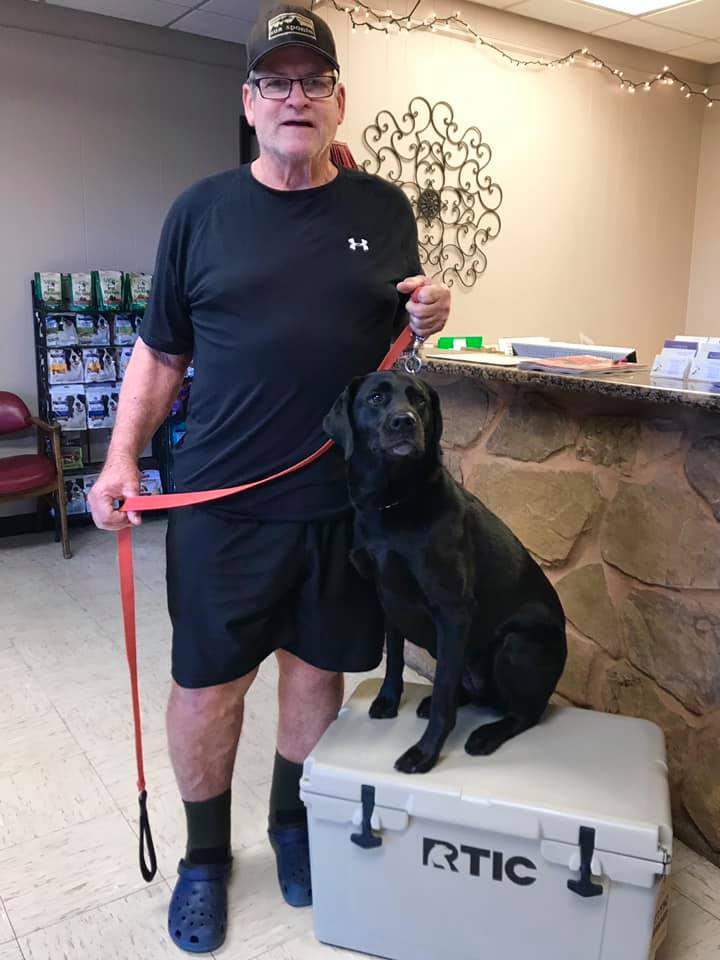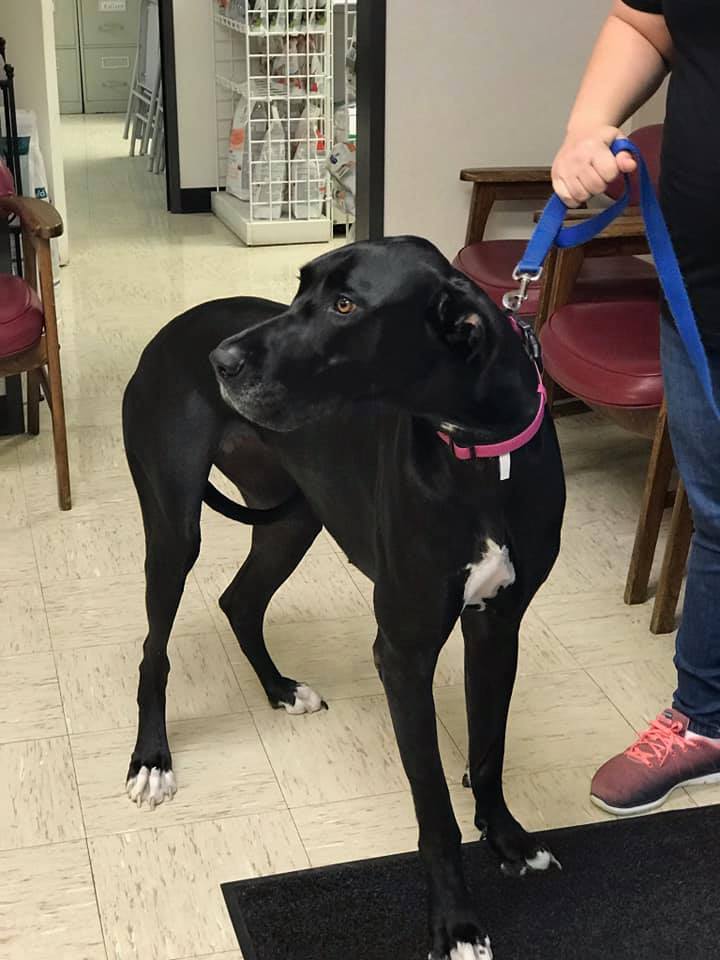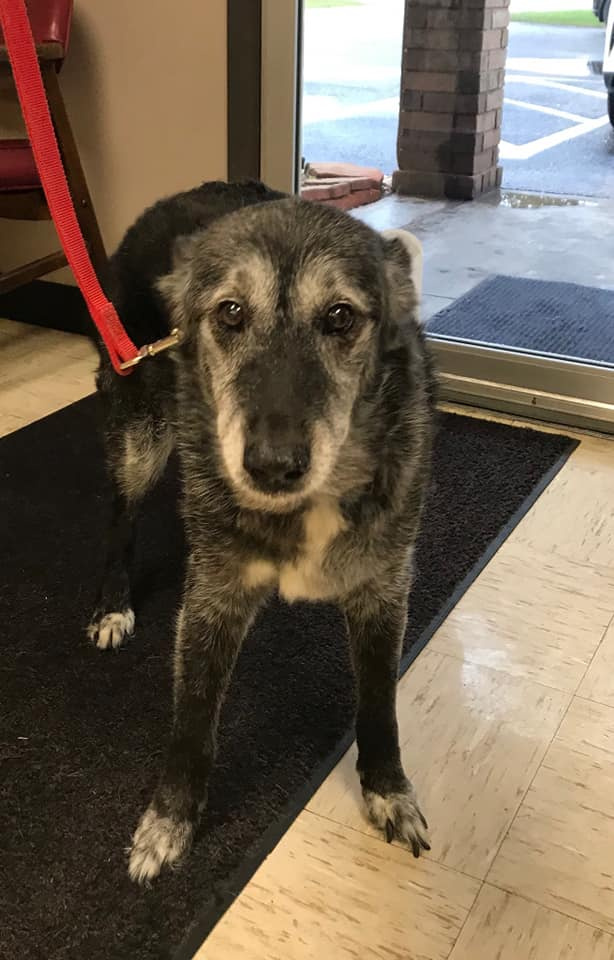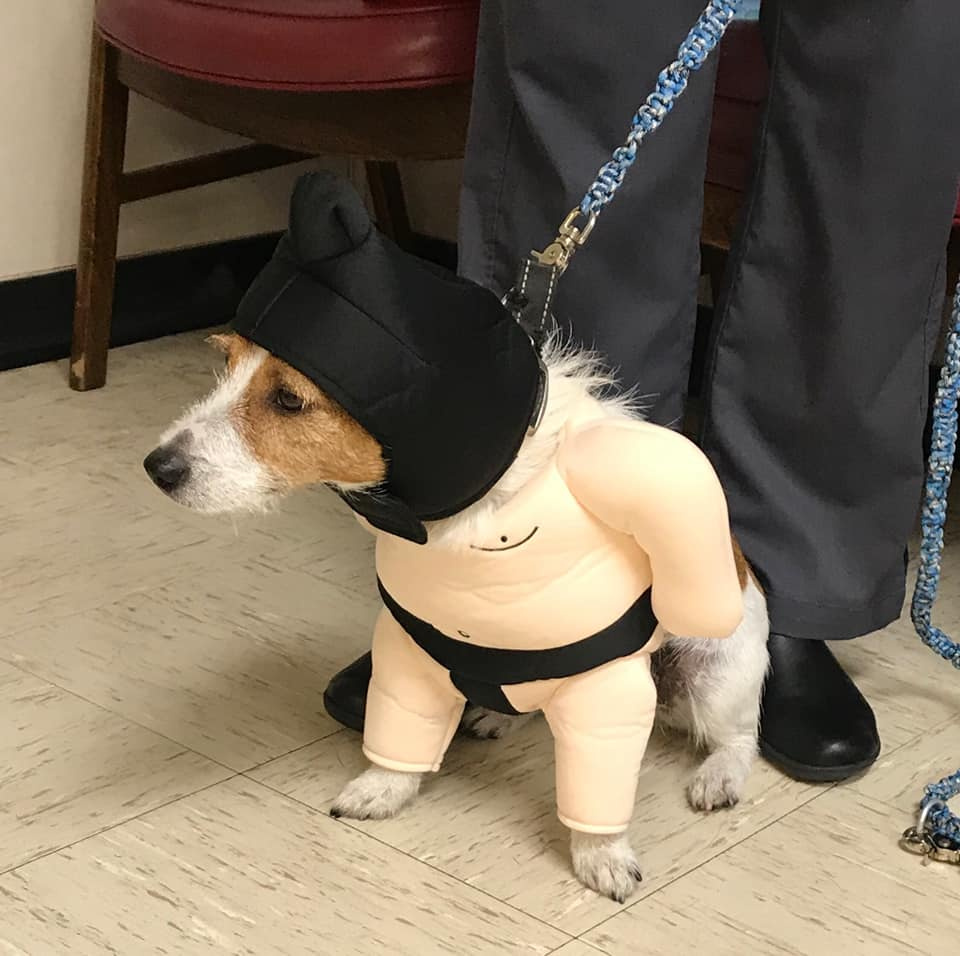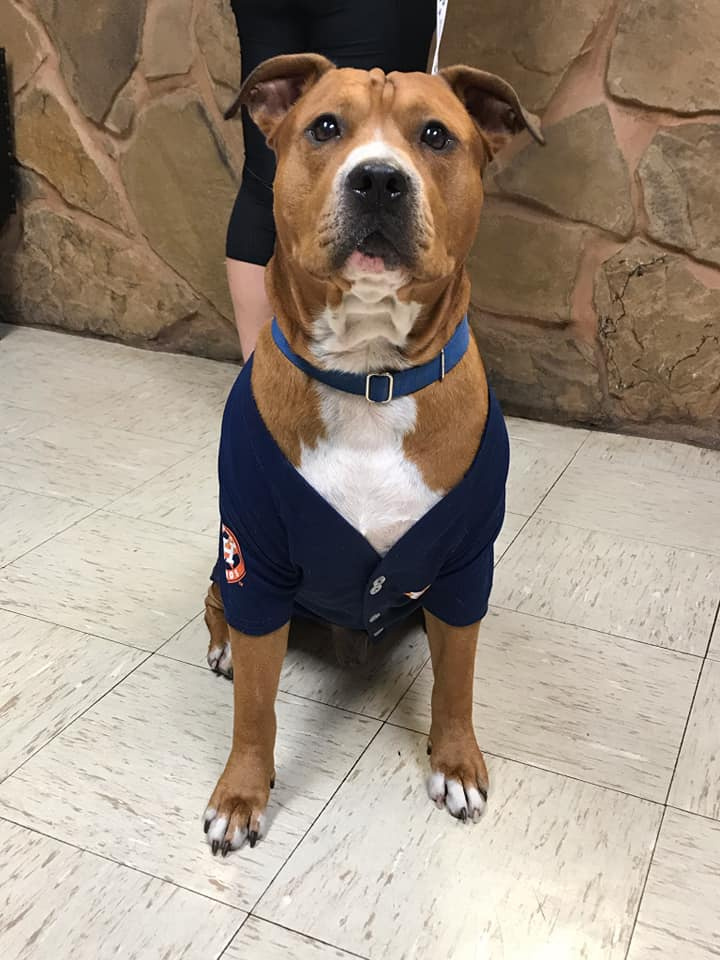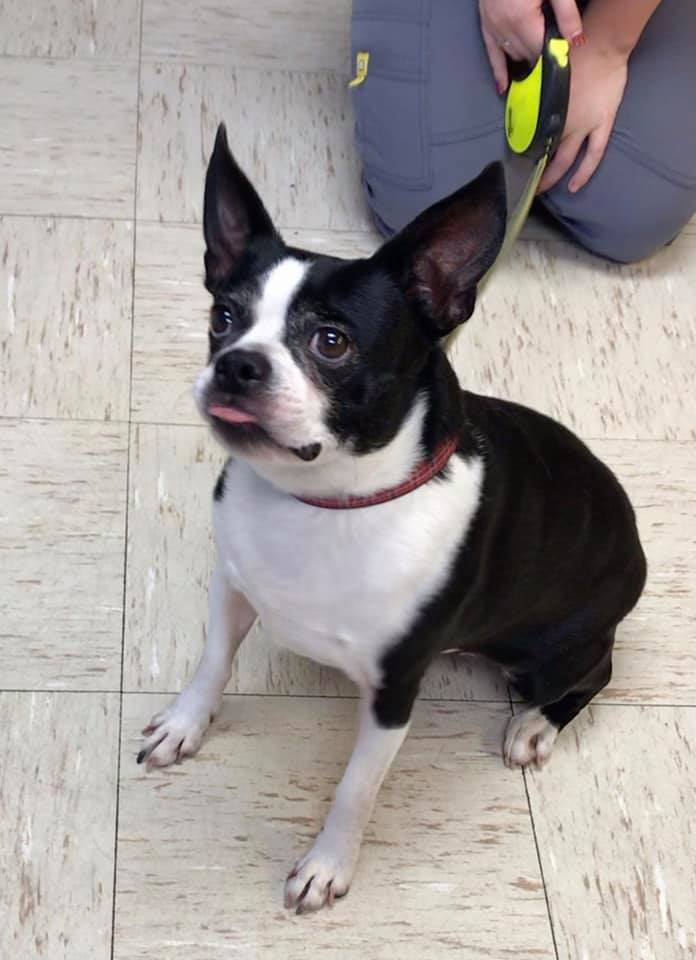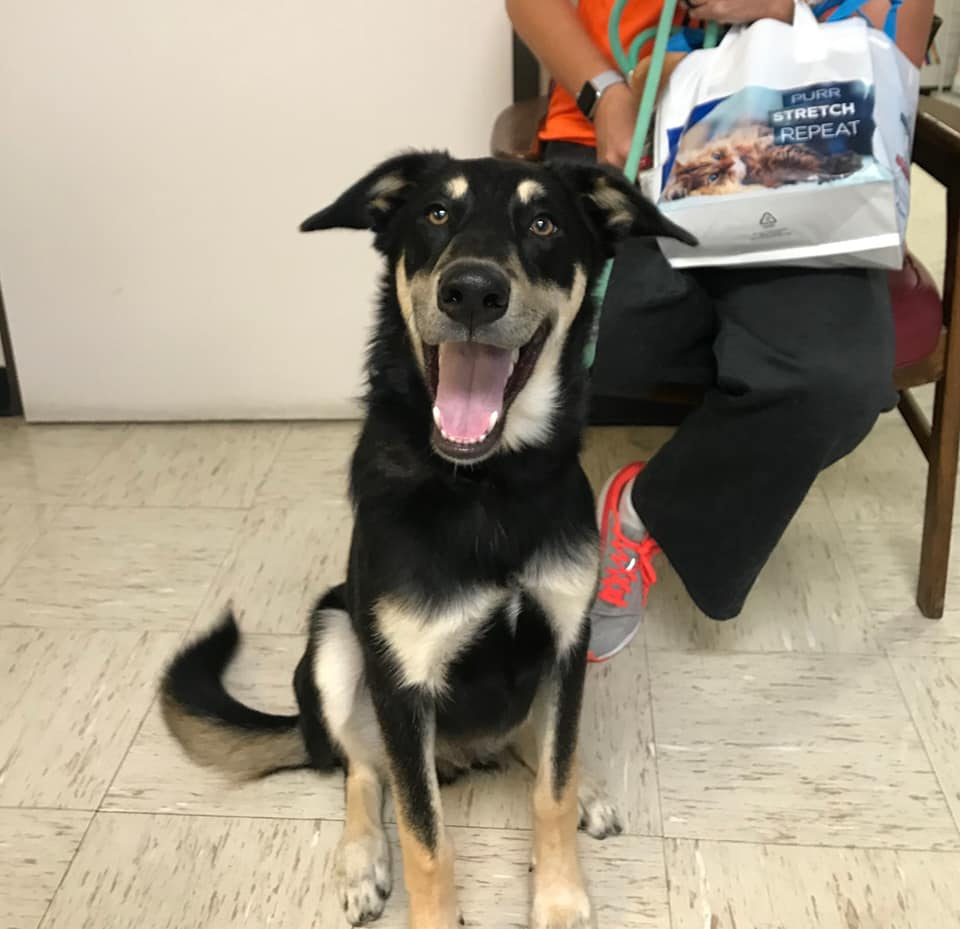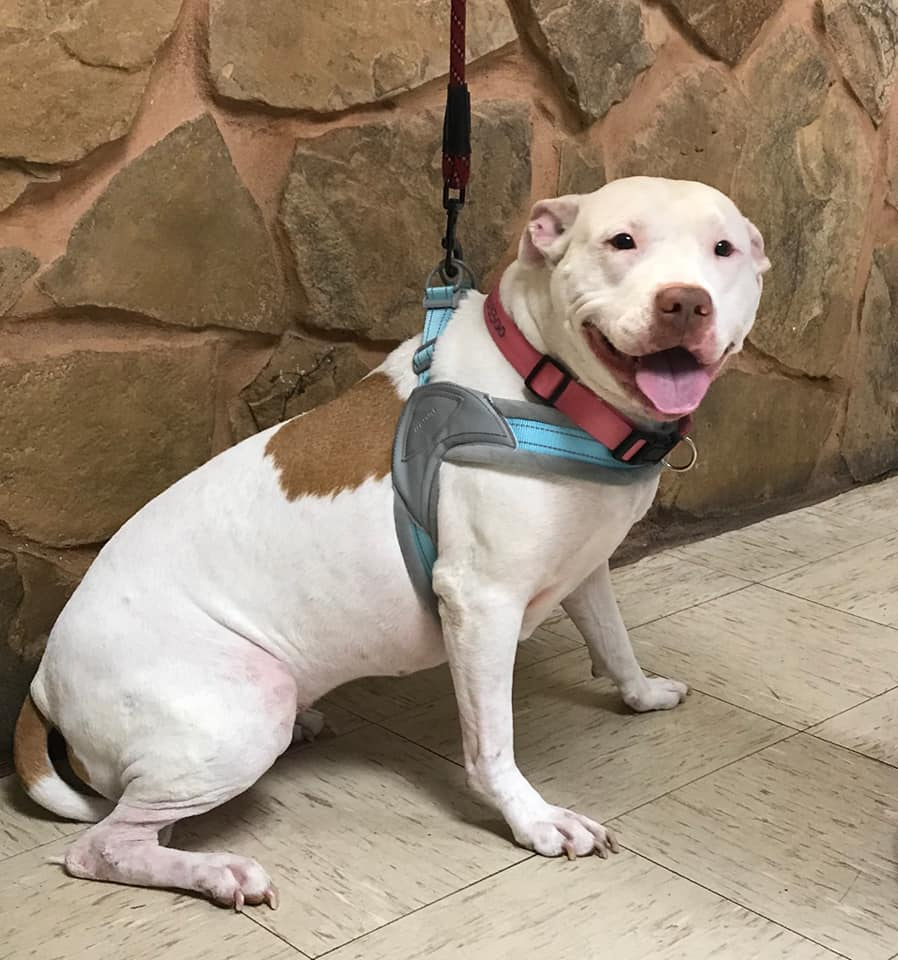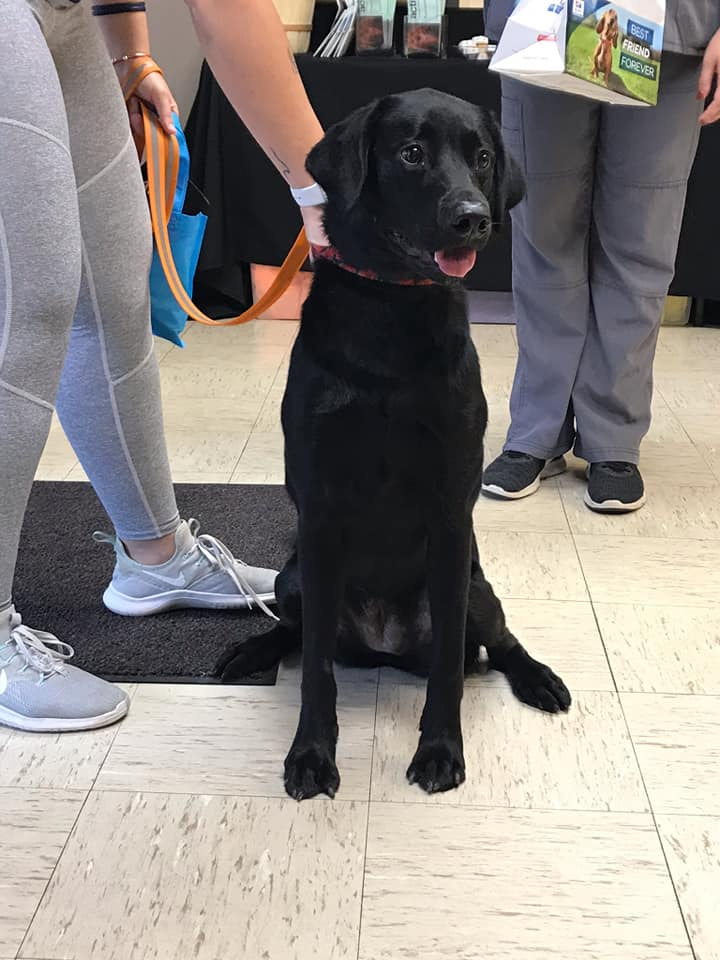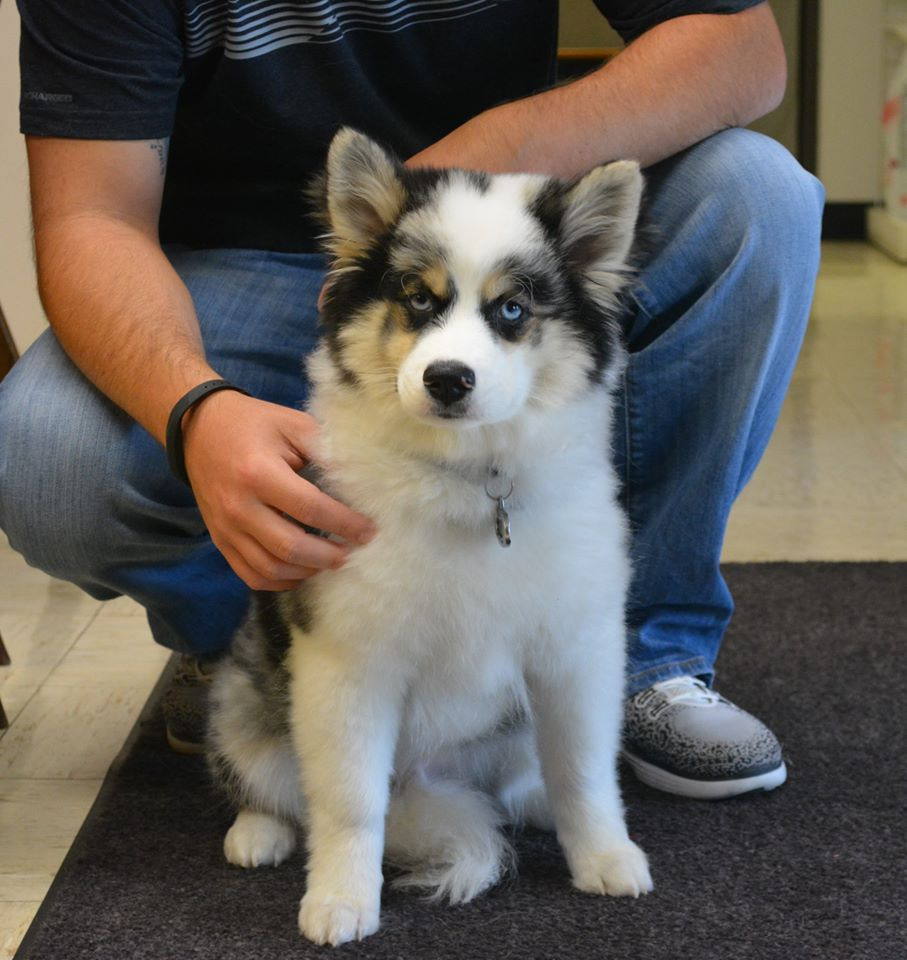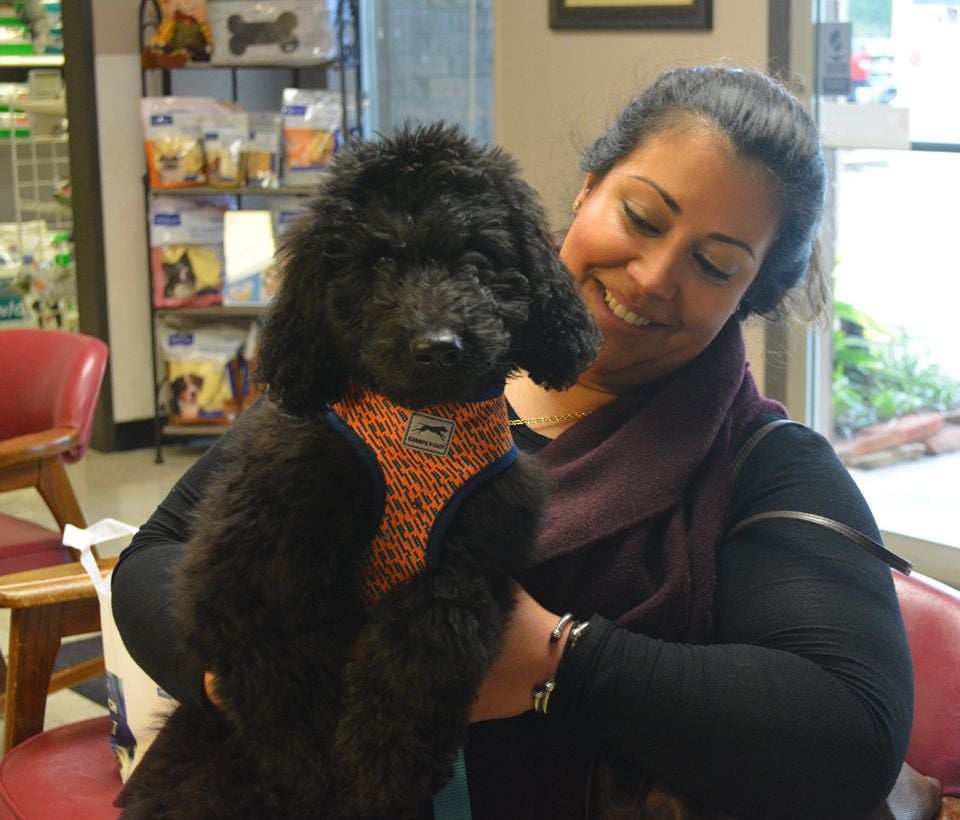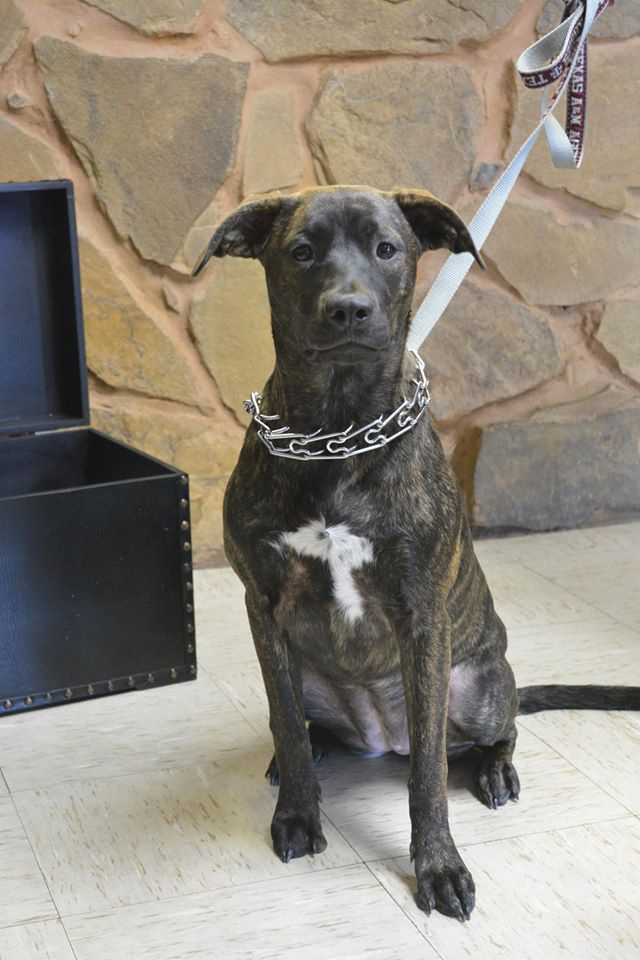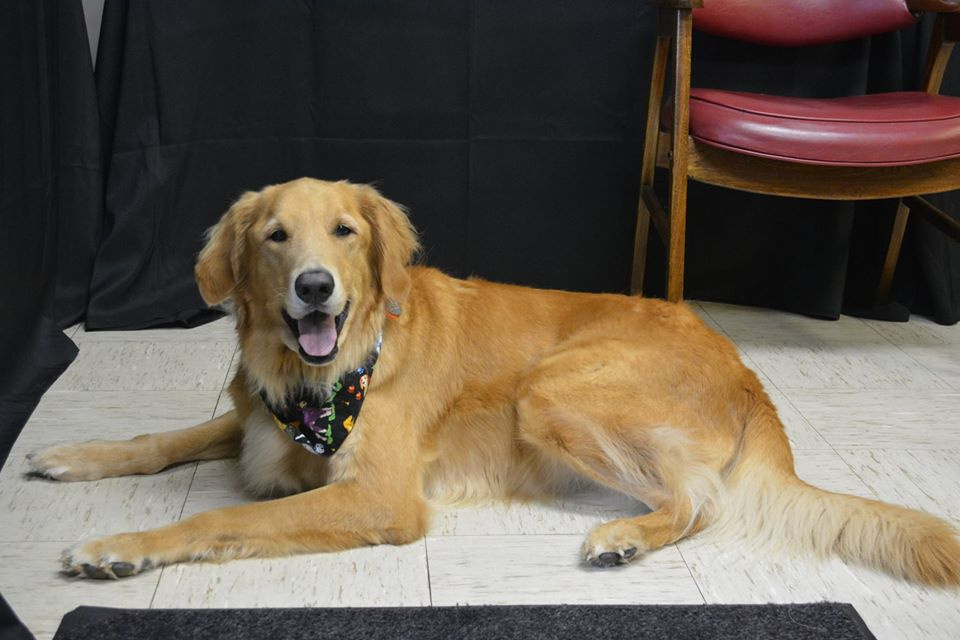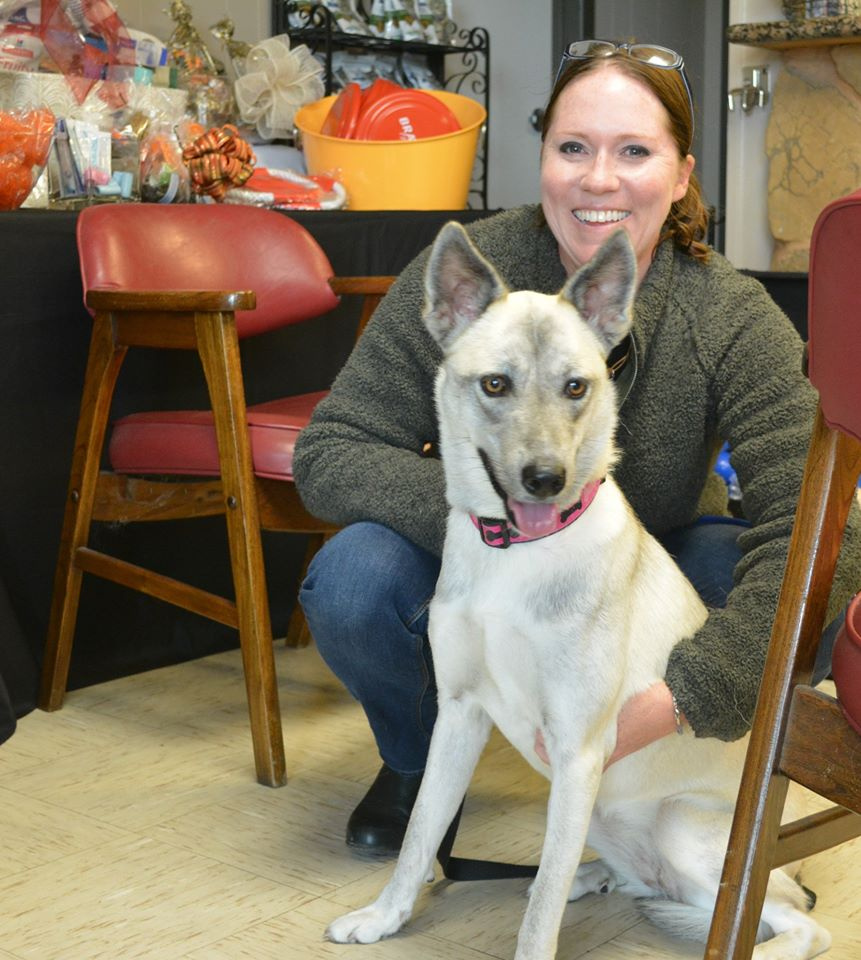Dog Safety in Warm Weather
As the weather starts to get warmer, it’s essential to keep your four-legged friends in mind! The summer season is almost here, and it’s time to consider the things you can do to keep your furry best friend as comfortable as they can be. Did you know that fleas, ticks and several other insects become most active during the summer? Follow these tips to keep your pup safe!
Never leave pets in a hot vehicle
On a scorching day, the temperature in the interior part of a car can rise above 100 degrees in a matter of minutes. Even with the car’s air conditioner on, it can be potentially dangerous for any dog left in a parked vehicle. Moreover, you might be tempted to leave your car windows slightly open to let in some fresh air while your dog is inside. However, leaving your dog in there for ten minutes, that’s enough time to cause irreversible damage to internal organs. In some cases, death may occur.
Naturally, when dogs pant, they tend to expel moisture from the lungs through a process of evaporation. While doing this, panting draws heat away from their furry bodies. For this mechanism to occur naturally, the immediate environment plays a significant role as well. Therefore, when you keep your dogs in a parked hot vehicle, the heated compartment becomes inimical to their safety.
Watch out for hot surfaces like asphalt
Sometimes, a long-awaited outdoor summer stroll with your dog can become problematic, leading to the question of how possible it is to tell whether the concrete, asphalt or sand you’re walking your dog on is too hot for their paws. A dog’s paws have five structures, namely digital pads, carpal pads, and declaws. The remaining two are claws and metacarpal pads.
These structures, although robust, can be vulnerable to those sweltering days, especially for indoor dogs who spend little time outdoors or in the sun. Unlike a  warm weather dog such as the Doberman, which can withstand heat, the Siberian Husky will find hot weather intolerable.
warm weather dog such as the Doberman, which can withstand heat, the Siberian Husky will find hot weather intolerable.
On the other hand, canines who spend more time outdoors walking tend to develop thicker skin (calluses) on their paws which protects their feet. However, the danger is that when these paws break open, they may cause another health condition altogether. If you’re unsure of the temperature on these surfaces, do the seven-second test with the back of your hand. If the surface feels too hot for you, you shouldn’t risk walking your dog on the surface heat. However, it’s best to walk your dog on a lawn if you have one since grass remains cooler even on hot days.
Increase fluid intake

Just as you’re mindful of the heat on your dog’s external body, you should consider the internal parts as well. Keeping your canine friend well hydrated in warm weather will increase their comfort and decrease irritability. The only fluids you should be giving your dog is fresh, clean and cool water which you should always have on hand even when you’re taking a stroll in warm weather. You’ll find it helpful to keep portable and collapsible water trays or bowls when you’re out in hot weather.
The trick is to avoid giving your dogs too much water at once. However, to ensure they’re taking enough on a hot summer day, be deliberate about giving them water every 15 to 20 minutes after intense activity.
Know the symptoms of overheating
Just as humans, it’s pretty easy to detect symptoms of overheating in a dog. These indicators range from excessive panting, dry gums (usually pale), vomiting, weakness, and an erratic pulse. Other symptoms are hyperventilation, increased salivation, confusion, etc. Under normal conditions, your dog’s temperature will be 101.5 degrees Fahrenheit. Any range up to 103 degrees is an indication of moderate overheating.
However, when the value climbs up to 106 degrees and beyond, it’s something you must treat urgently. While you can take steps to cool down intense body heat, you may have to contact the vet or visit the nearest pet clinic immediately.














